The Cat's Flute on the New Land
“Being a Mong boy, you must know how to play the panpipe, the flute, and the jew’s harp. Being a Mong girl, you must know how to listen to the panpipe, the flute, and the jew’s harp.” This old song has been followed by many generations of Mong people as a lesson on preserving the traditional culture of the nation. Proud of the flute of the nation, although living far from home, Mr. Lau A Hang, village 3 still regularly practices playing the flute. According to Mr. Hang, to create good flute songs, in addition to the skillful technique of the player, the important factor is also the standard flute of the Mong people.
In addition to farming, Mr. Hang also opened a small restaurant. Right in the small restaurant, he dedicated a corner to display various Meo flute musical instruments. Visitors coming here can not only admire and learn about the musical instruments but also have him play the flute for them. “Any Mong boy can play the Meo flute, because this is a traditional beauty of our people for generations. I brought all the flutes from my hometown, in addition to practicing to satisfy my passion, I also sell them to those in need,” said Mr. Hang.
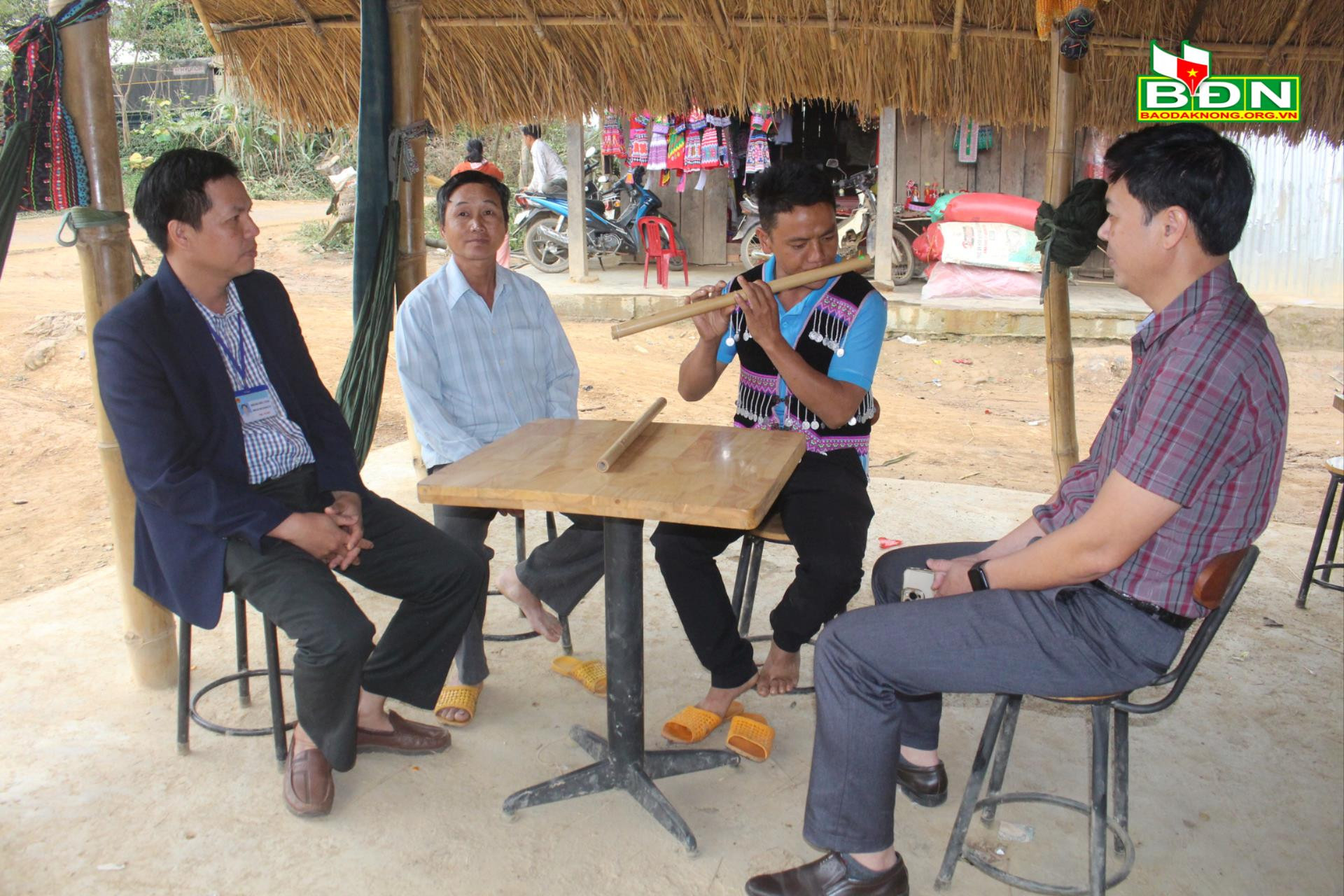
Currently, Mr. Hang is researching and wishes that the sound of the Meo flute can be combined with modern musical instruments to both maintain and develop it, meeting the increasing enjoyment needs of the people and tourists.
Preserve and promote national cultural identity
Not only the familiar sound of the flute, when coming to village 3, people can easily see the image of light bulbs hidden in objects associated with the daily life of the Mong people such as Meo knives, crossbows, trumpets, and reed pipes... The homemade trash cans are also carved with animal shapes such as horses, cows, buffaloes, etc. Many Mong families also sew their own traditional costumes with bright colors and rich, prominent patterns to wear on special events. The rich spiritual life is also expressed through customs, beliefs about heaven, earth, people, all things and festivals.
Ms. Giang Thi Tong, a resident of Village 3, confided: “Although we have been here for a long time, my family still often sews our own ethnic clothes. We sew to serve family members and to sell to villagers. Besides, I also sell ethnic Mong brocade wallets, Meo knives…”
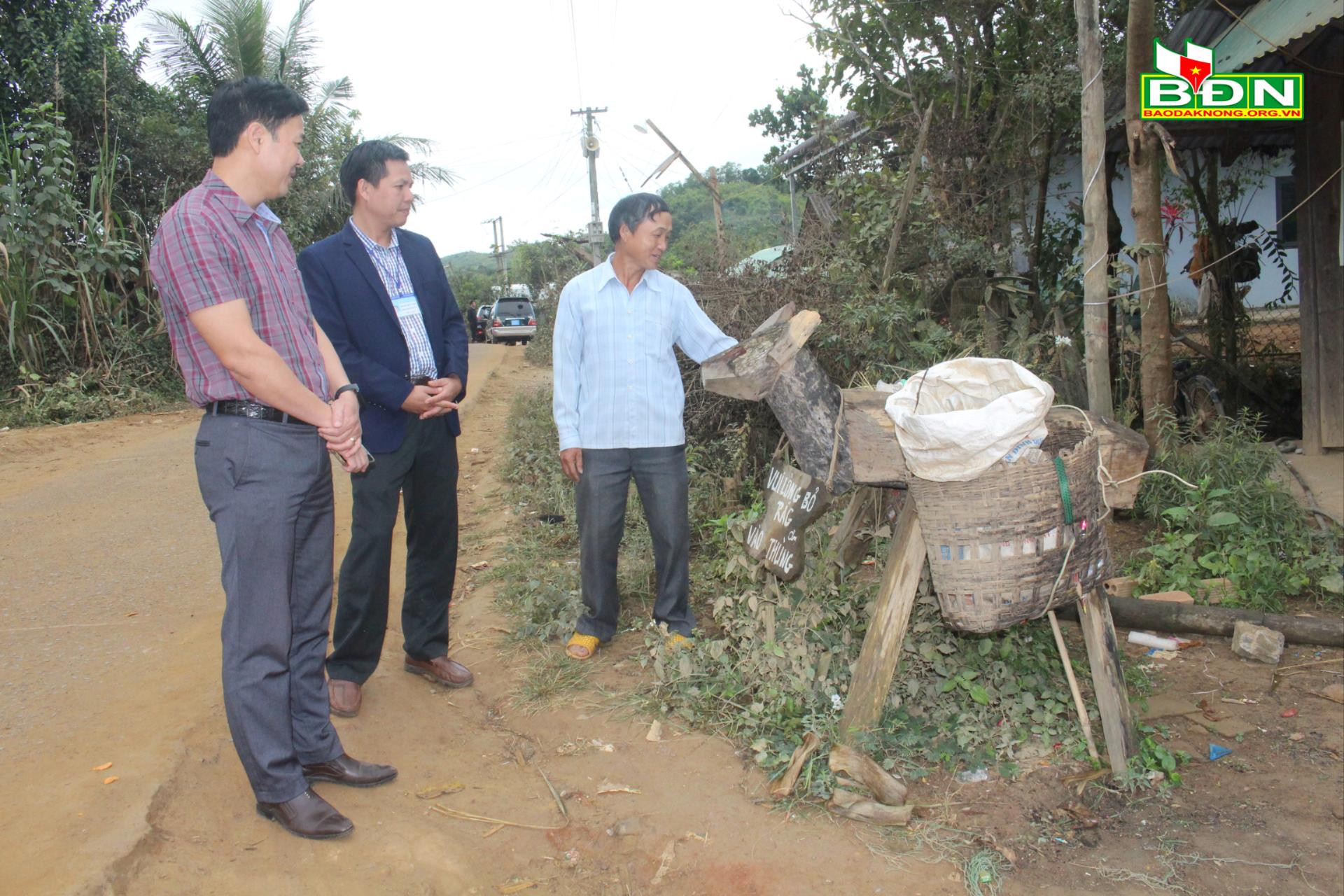
According to Mr. Mua A Mang, Secretary of the Party Cell of Village 3, because the village is mainly inhabited by Mong people, the Party Cell, the self-management committee and the village's mass organizations regularly propagate and mobilize people to preserve the beauty of their ethnic identity no matter where they are or what they do. Every time the village carries out activities and movements, it is always associated with and integrated with cultural traditions. On holidays and festivals, people in the village all wear traditional costumes.
“Although in a new homeland, the Mong people in village 3 are always united, striving to improve their lives as well as preserve their ethnic cultural identity. We hope that the younger generation will always remember their Mong ethnic cultural identity to both preserve and promote it, making it a unique beauty in the Central Highlands,” Mr. Mang shared.
Source


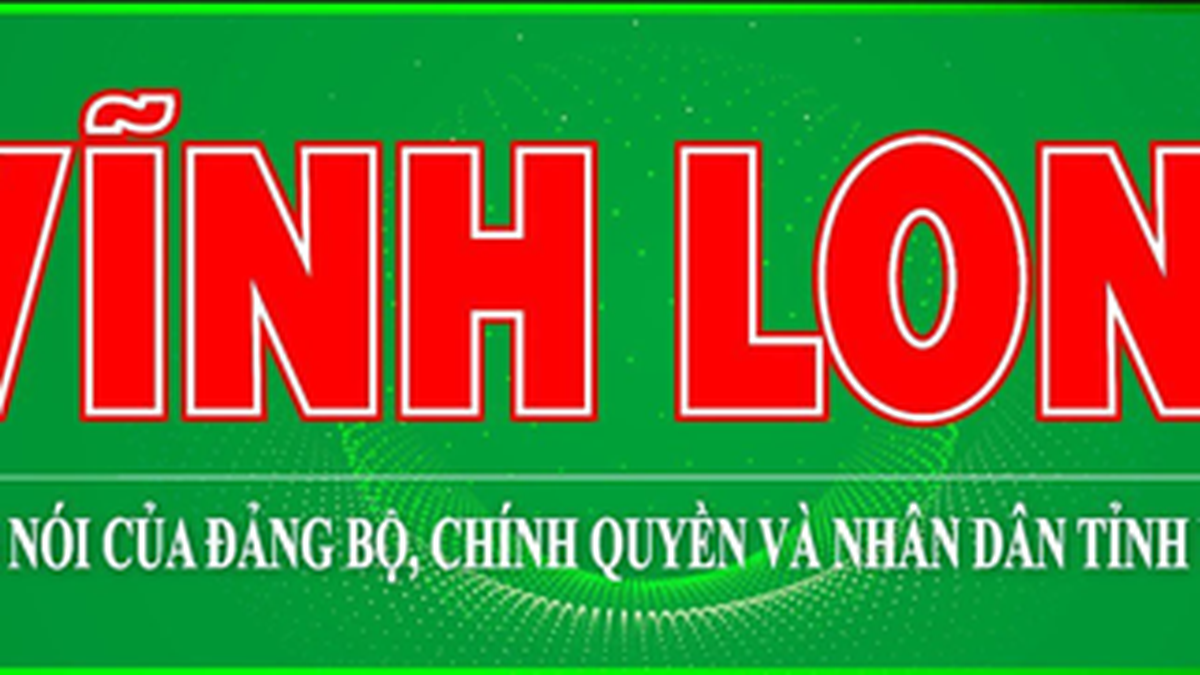
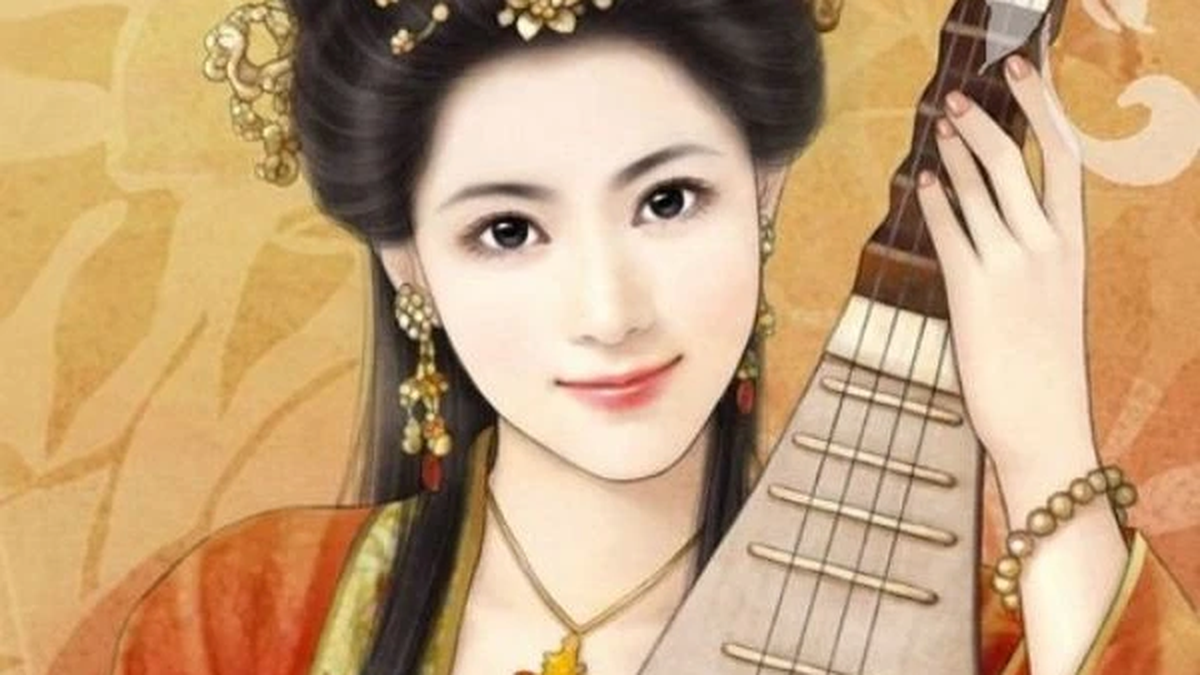
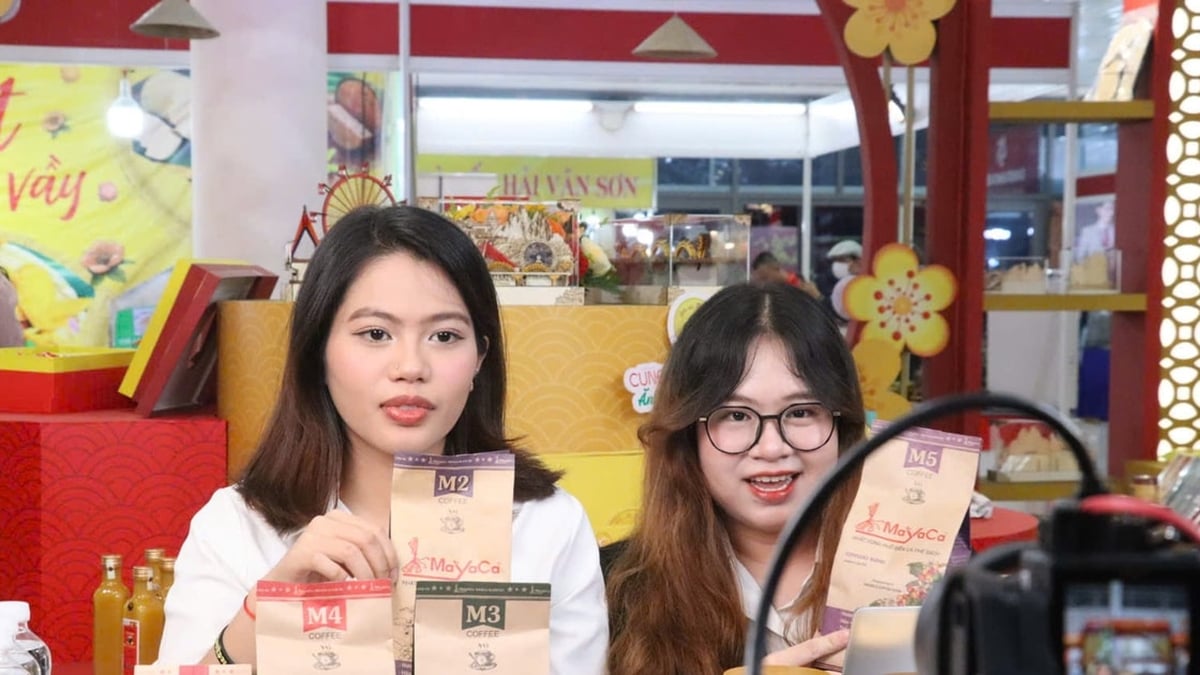

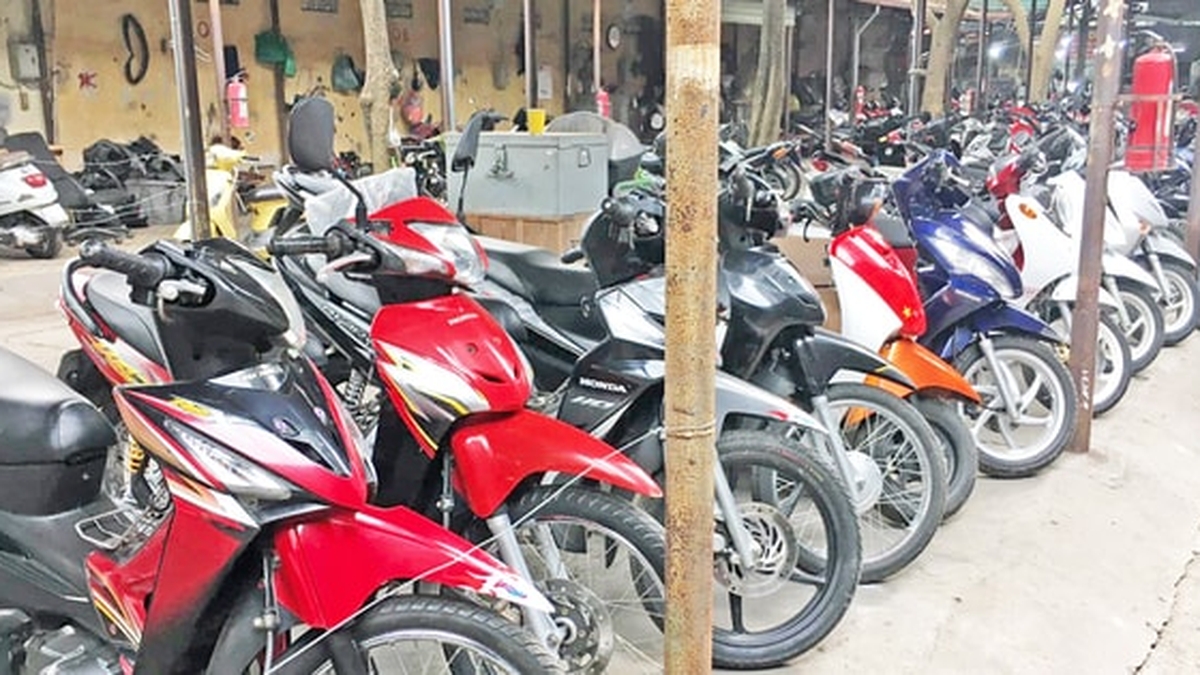

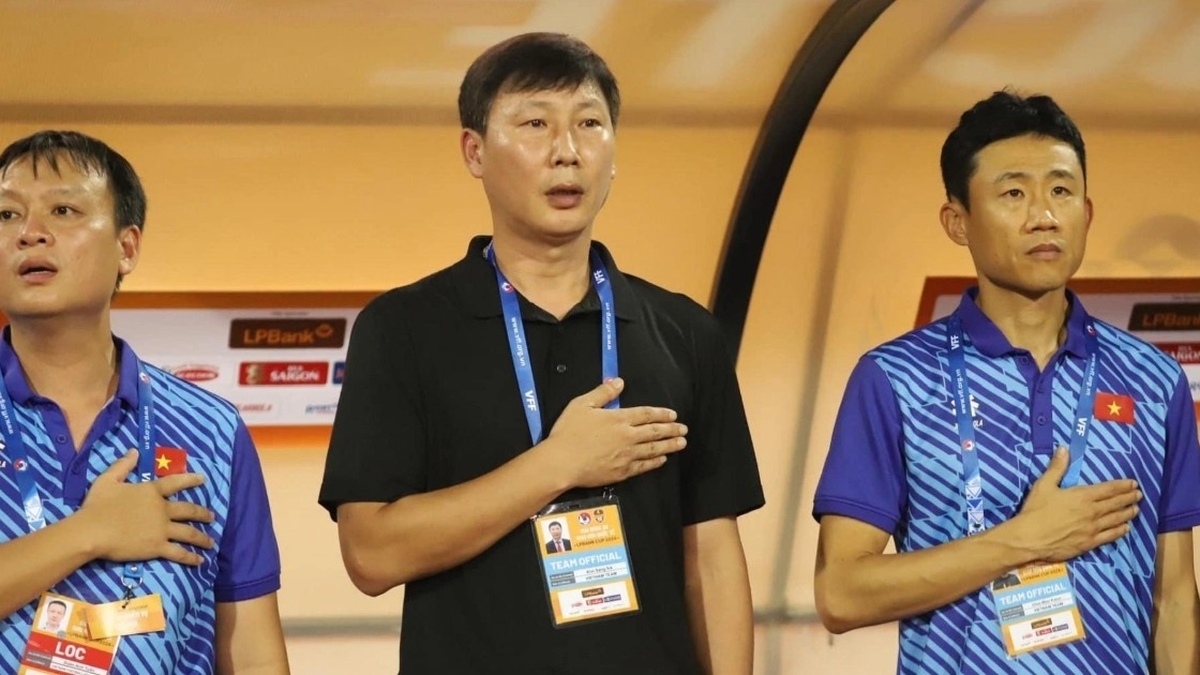


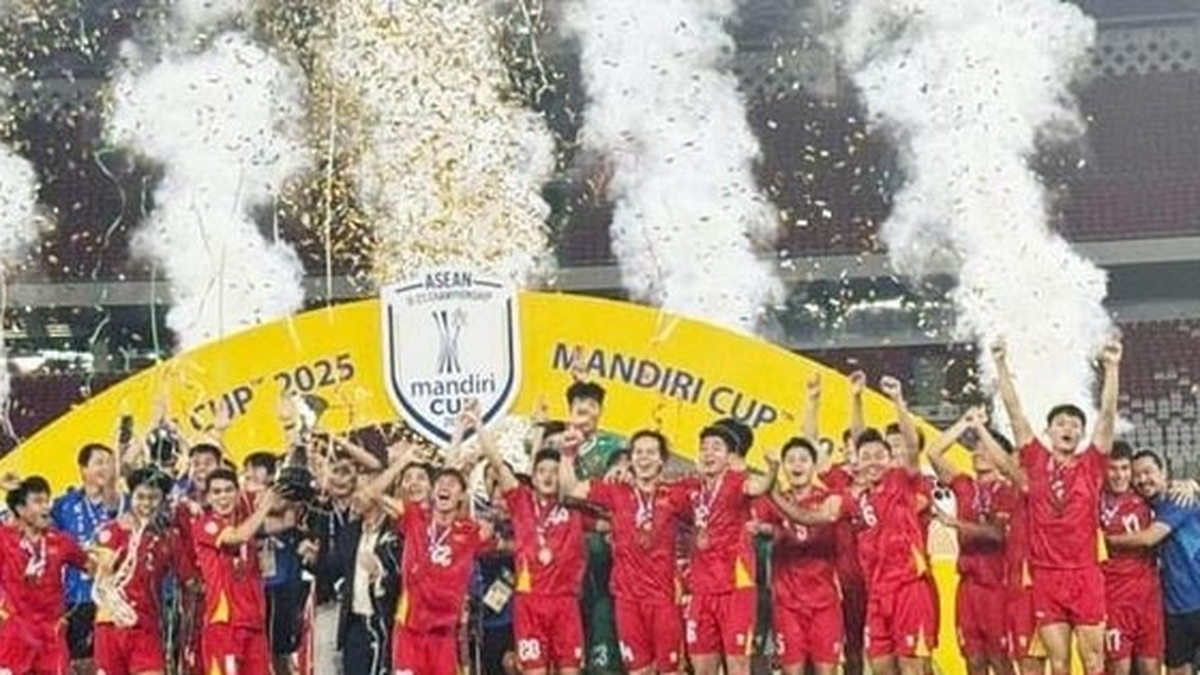



















![[Photo] National Assembly Chairman attends the seminar "Building and operating an international financial center and recommendations for Vietnam"](https://vphoto.vietnam.vn/thumb/1200x675/vietnam/resource/IMAGE/2025/7/28/76393436936e457db31ec84433289f72)











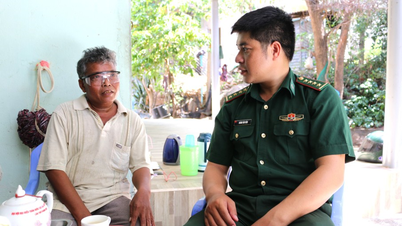
















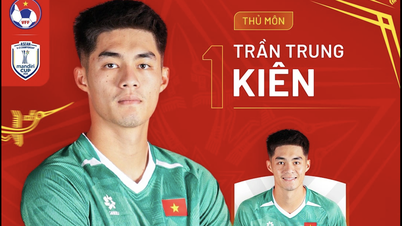




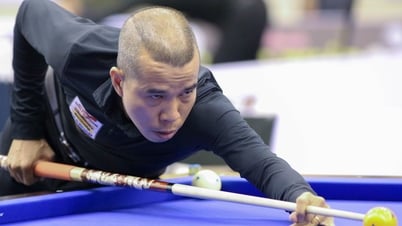







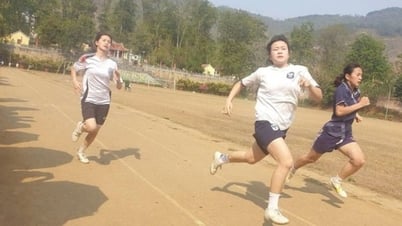










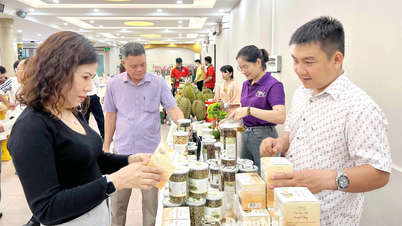












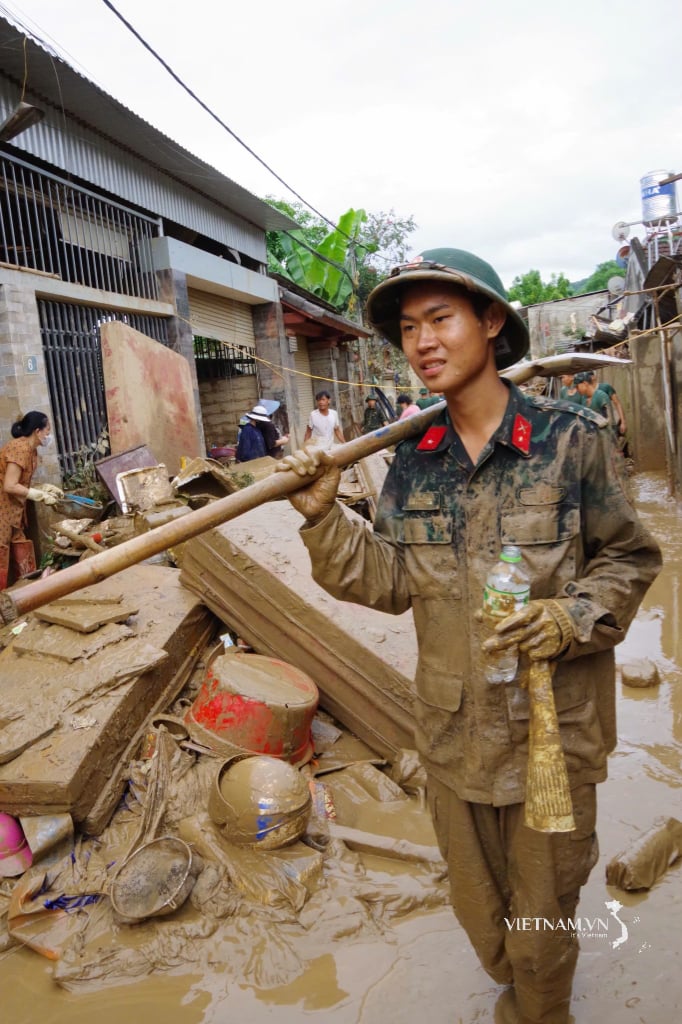

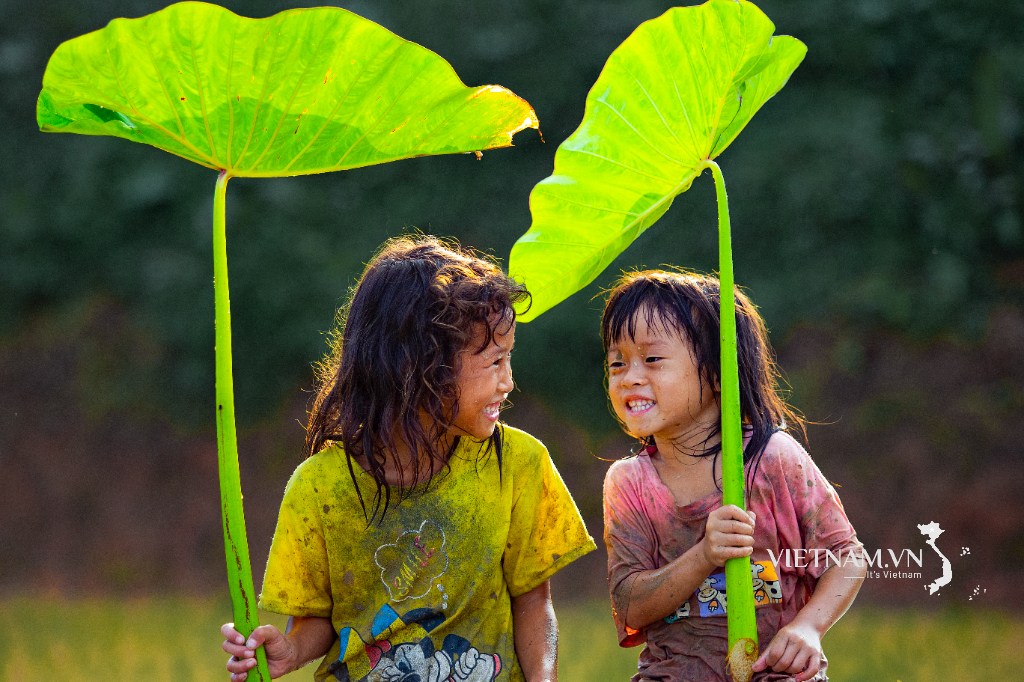
Comment (0)